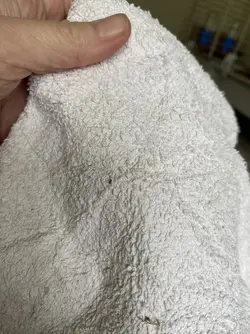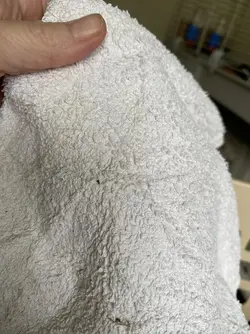I’ve been seeing a few tiny brown beetle/bugs in the piggy room recently.
They can’t be mites as you can’t see mites with the naked eye or lice as they are clear in colour.
I’ve given everything a good clean with F10 and hoovered. Washed all the bedding in the room too.
I’ll attach photos but they are very small so might not show up.
I’ve thrown away some old hay which I had forgotten about. So hopefully that will be the end of them.


They can’t be mites as you can’t see mites with the naked eye or lice as they are clear in colour.
I’ve given everything a good clean with F10 and hoovered. Washed all the bedding in the room too.
I’ll attach photos but they are very small so might not show up.
I’ve thrown away some old hay which I had forgotten about. So hopefully that will be the end of them.

